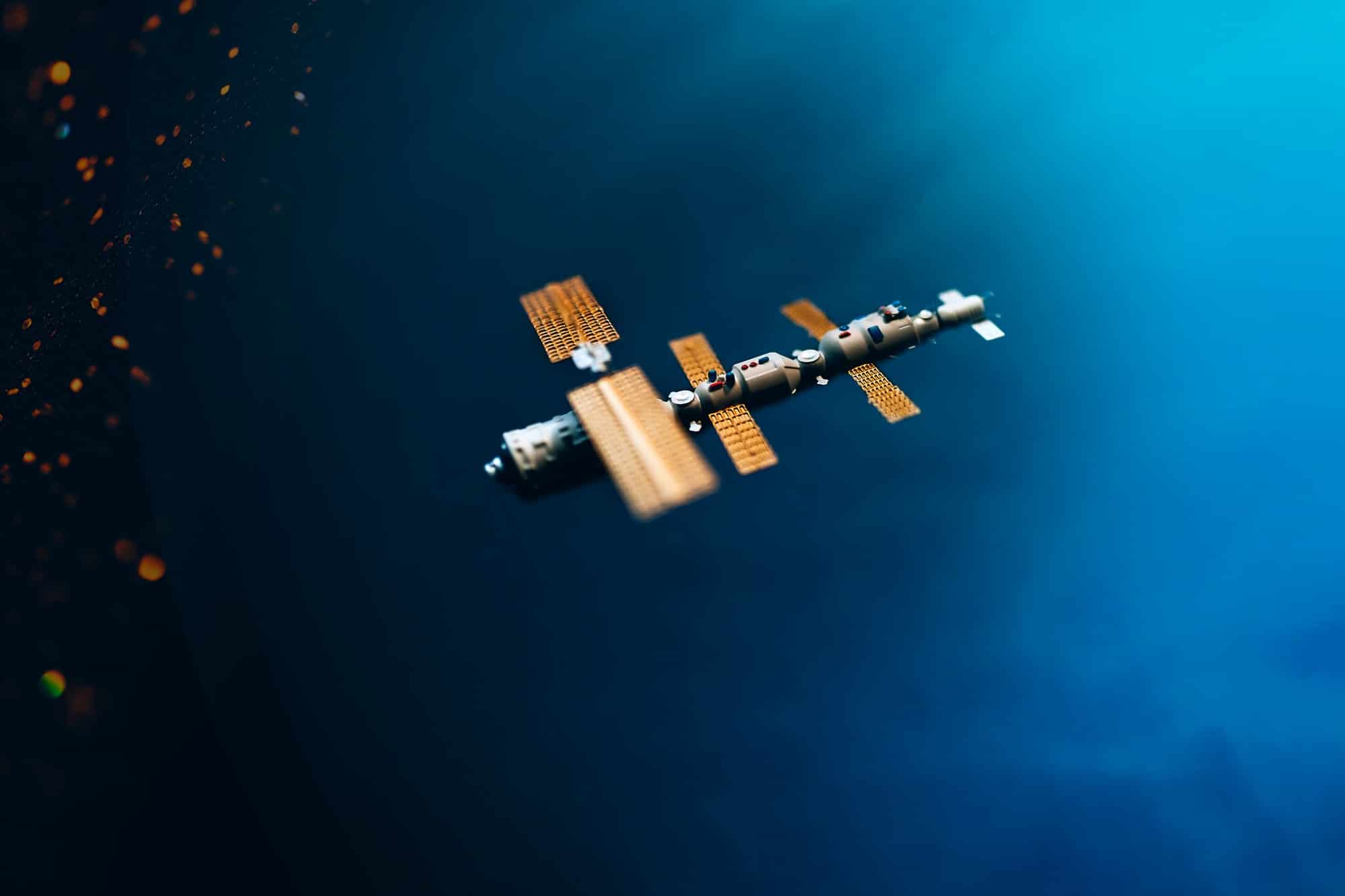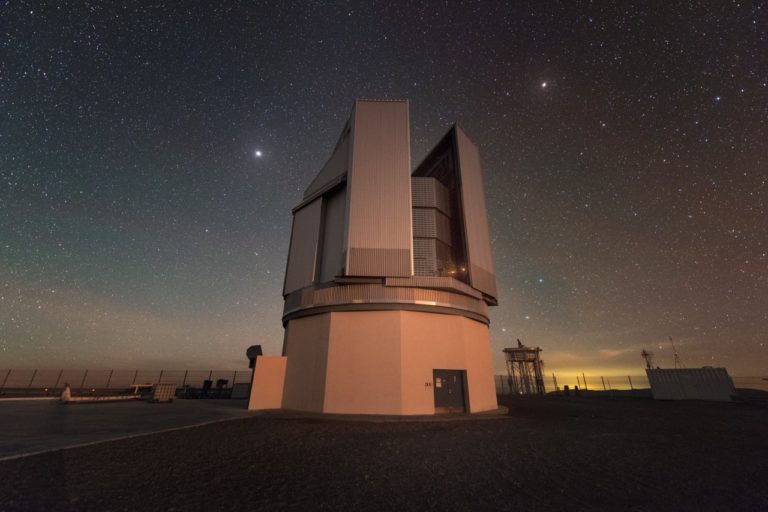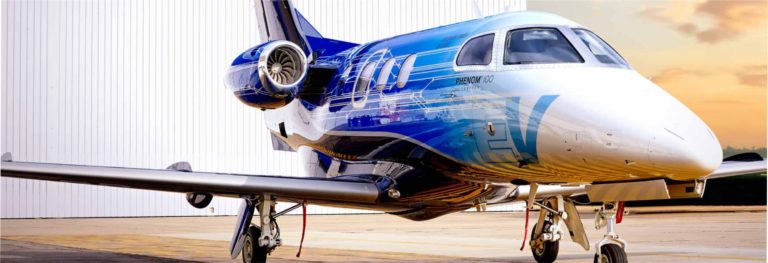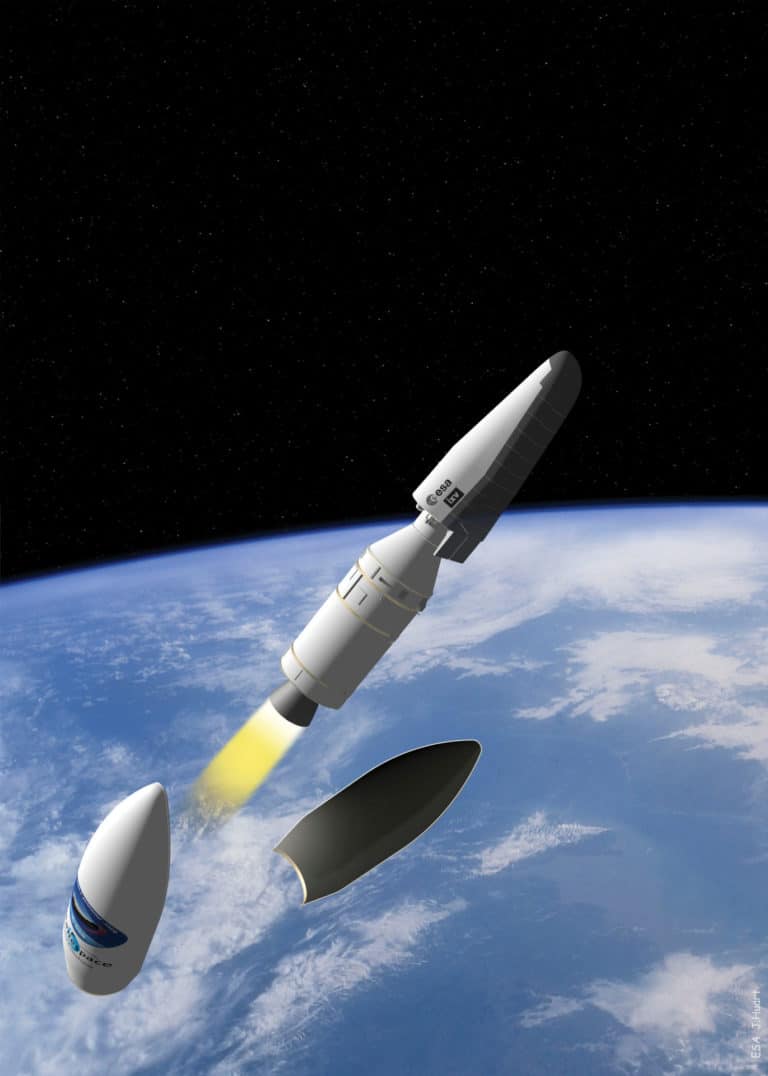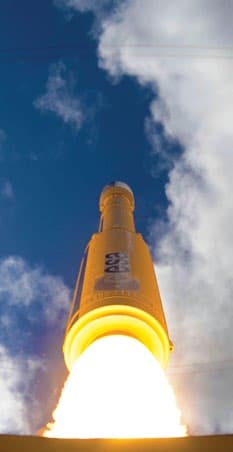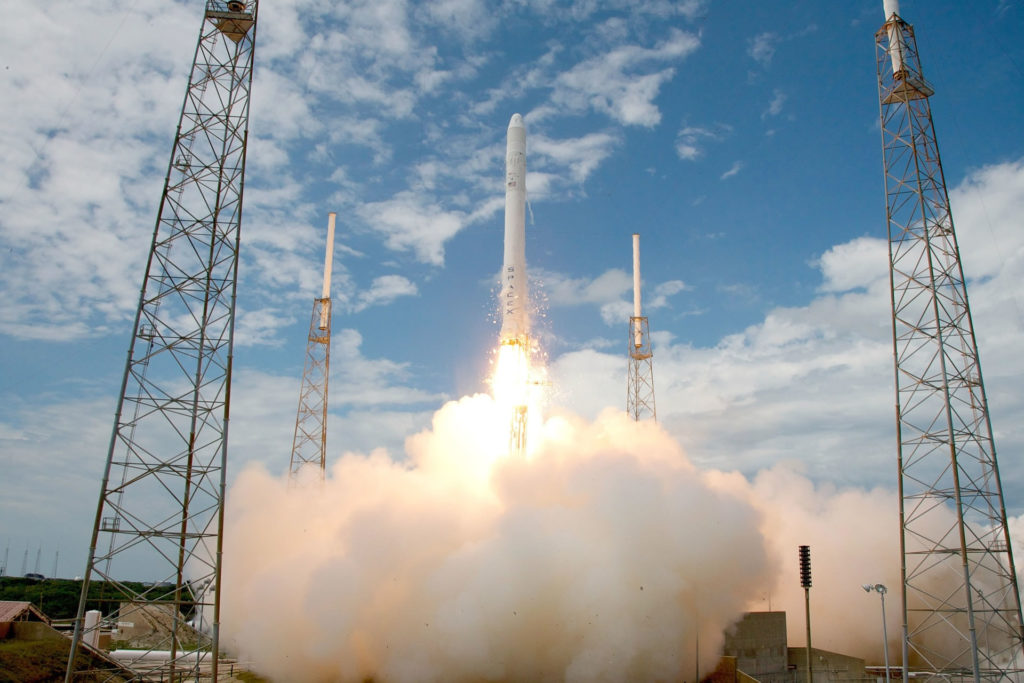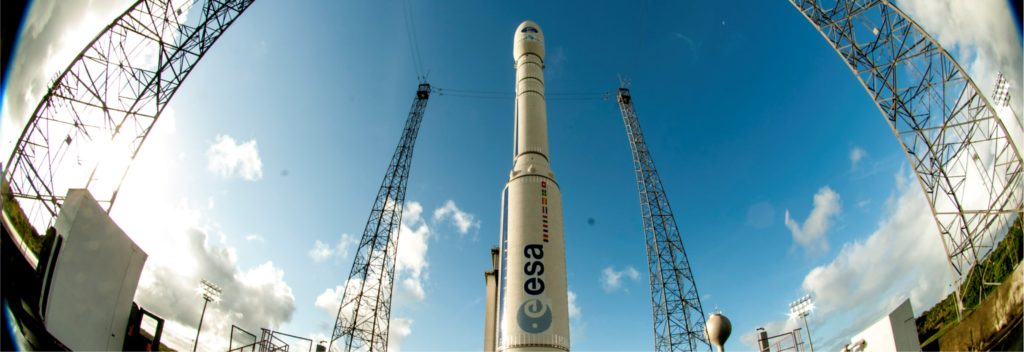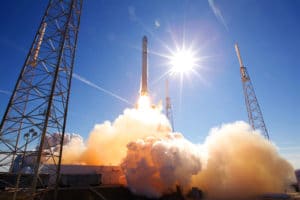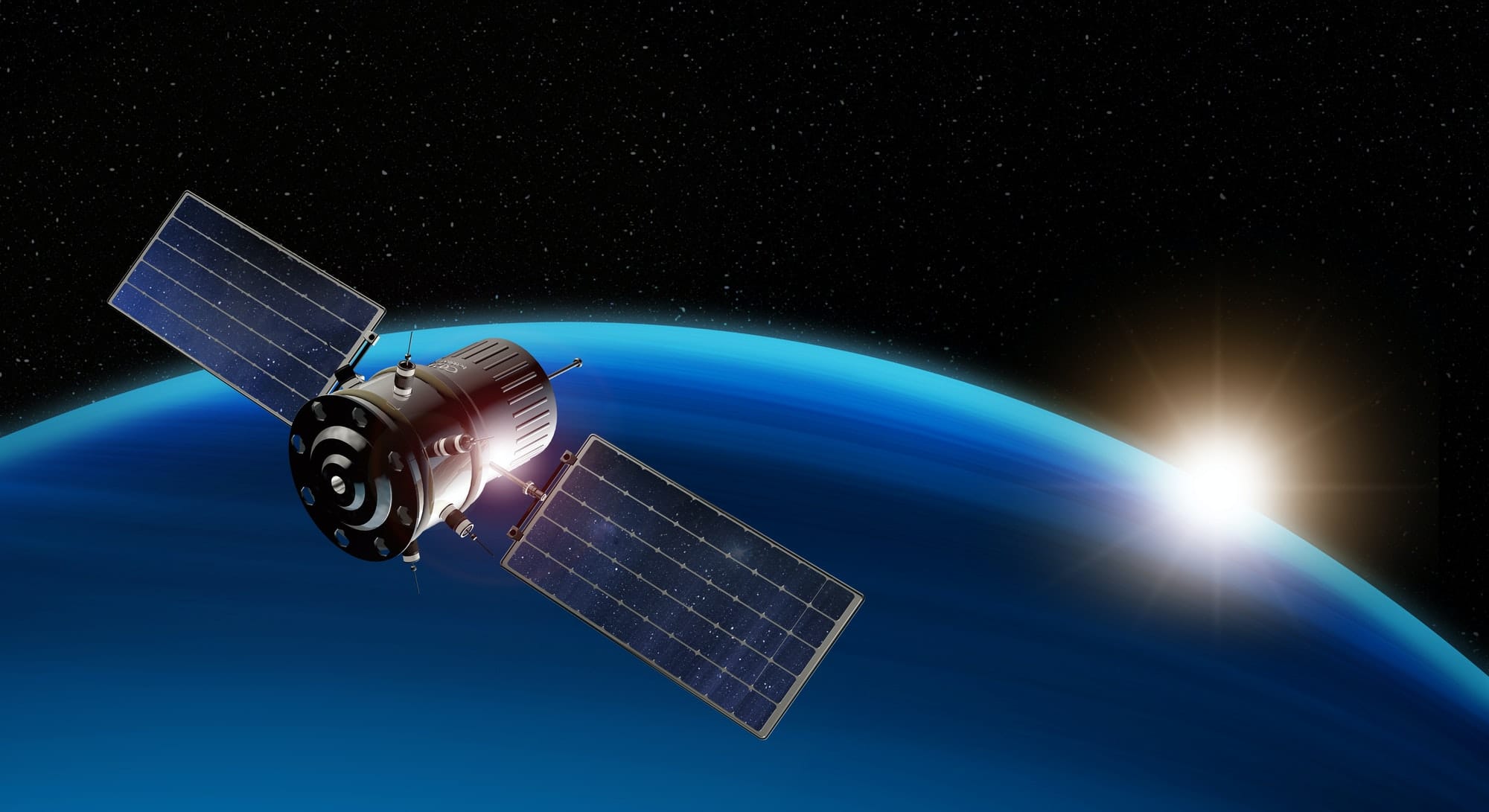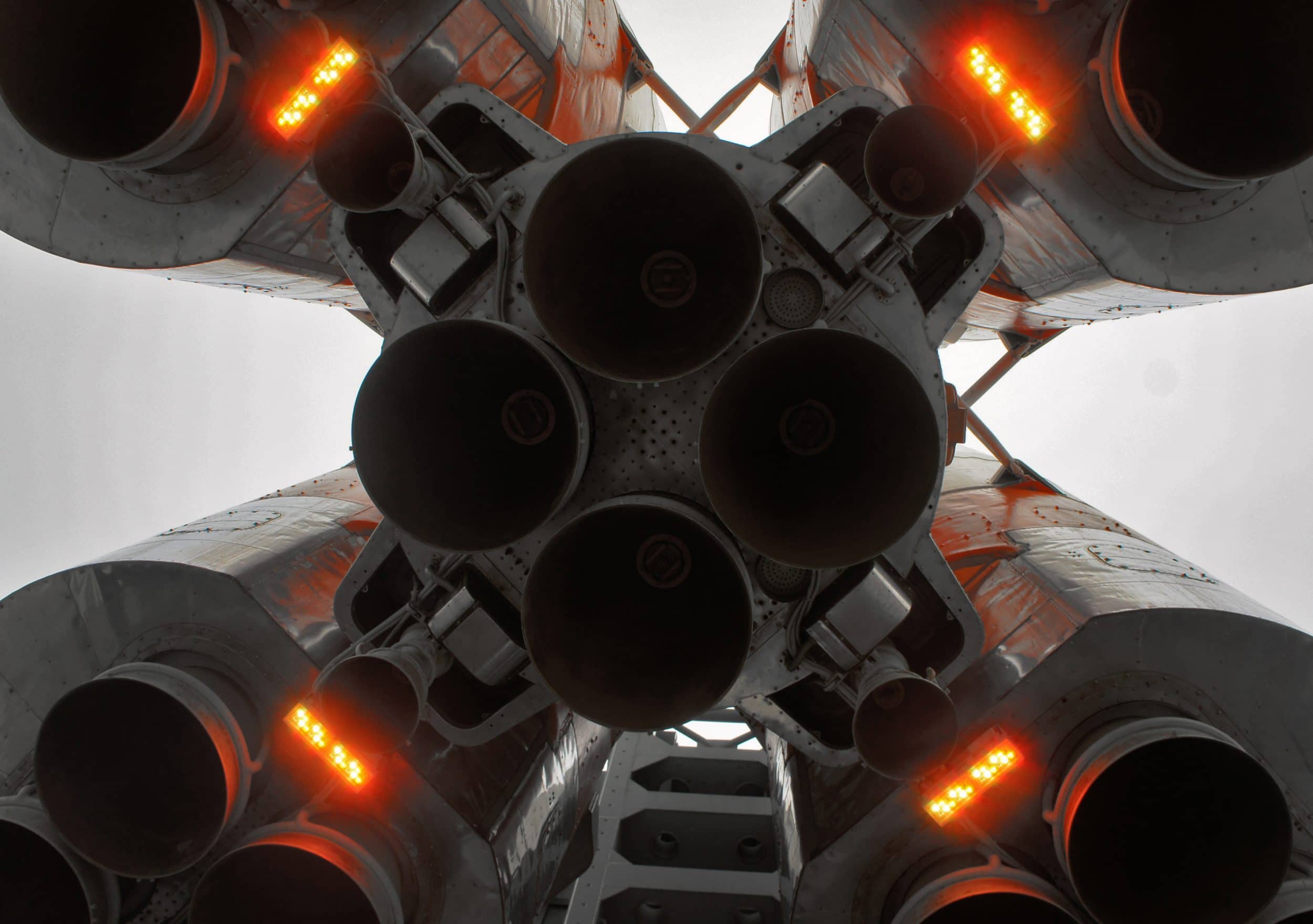ISQ in aeronautics and aerospace
Today is the new normal
Today, at ISQ, it is common to come across different ongoing work for the aeronautics and space sector. This type of activity has aroused the interest of the Portuguese media by ISQ. And in a book edited this year by the Francisco Manuel dos Santos Foundation, entitled “Portugal and Space”, ISQ appears referenced in this area in some detail.
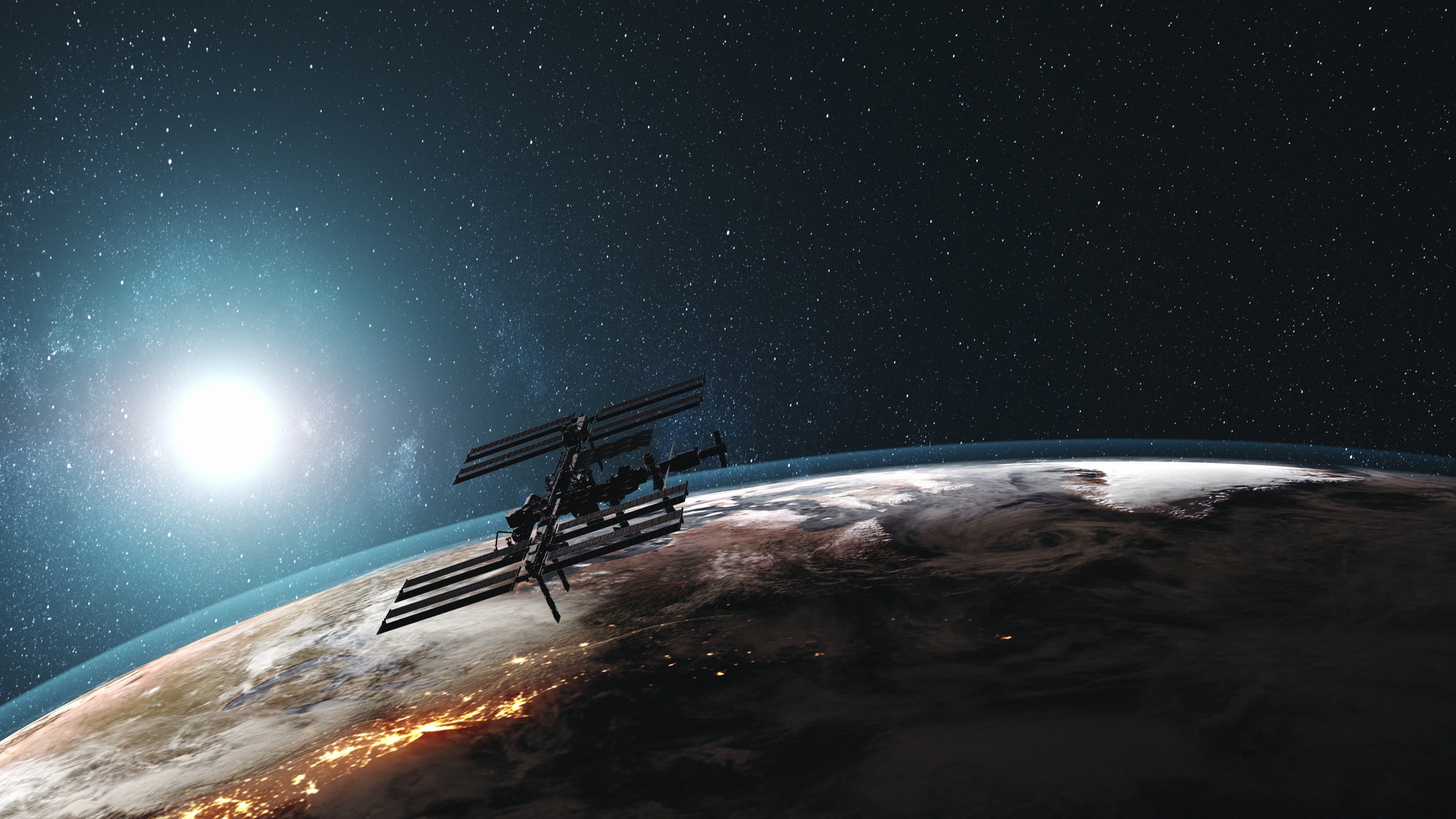
This is the result of a multi-year work, a diversified and highly qualified team in areas of high technological and organizational complexity, which has enabled ISQ to obtain name and success in the sector, inside and outside the country.
Activities in the aeronautics and space sector began at the beginning of the century and have grown steadily, gaining visibility inside and outside ISQ. Only in the last year there was wide emphasis, internal and external, to a set of projects that counted and have the involvement of ISQ, namely:
- The successful launch and recovery of the IXV space vehicle, as well as the completion of the first Life Cycle Assessment project, both with the European Space Agency (ESA);
- The start-up of development tests on Embraer’s semi-wings;
- Participation in the construction of the world’s largest optical telescope, the European Extremely Large Telescope (E-ELT) of the European Southern Observatory (ESO).
But the activity in this sector is not limited to what has been most talked about. In parallel there are multiple works underway for the different aspects of this sector, be they:
- Aeronautical industrial production;
- Air transport;
- The maintenance and repair of aircraft;
- The operation and construction of airports;
- Space transport;
- The development of technology for almost all these subsectors.
Virtually all ISQ departments have developed activities for at least one of these subsectors. Many of ISQ’s human resources have already devoted some of their work to the aeronautics and space sector. For its part, as for customers, a significant part is either foreign or incorporated into international supply chains. Above all, this whole sector is growing rapidly.
In the current global economic outlook, this is one of the sectors whose growth prospects remain robust.
Let’s try to tell the story of the path taken here.
The beginning of the story starts with two almost simultaneous events: the contract for the ISQ for the Quality Assurance/Quality Control (QA/QC) of the Large Hadron Collider (LHC) of the European Nuclear Research Centre (CERN) and Portugal’s partitipation in ESA.
The first demonstrated that ISQ can occupy with merit a place in international arenas of very high technical and organizational requirement; the second paved the way for the space industry and from there to other sectors with obvious synergies.
Shortly thereafter, a protocol was signed for the joint development of activities in the energy and environment sectors between NASA and the Portuguese organization C3P, whose technical partner on the national side is ISQ. At the same time, the first R&D projects with national and international air transport and navigation partners were started. At the time, ISQ provided services at national airports and for aircraft maintenance and repair companies.
In 2003, thanks to a partnership with french APAVE, ISQ began providing QA/QC services at the European Space Centre (CSG) in French Guiana. Rodrigo Cunha was the first ISQ employee to go to CSG, where we were three years, paving the way for all the other work that followed.
We still witnessed the launch of Ariane 5, which led to the Rosetta mission that became known worldwide ten years later. Many of the colleagues who later went to CSG had previously passed through CERN, where they had already become accustomed to a way and work environment with many similarities to what they then found. Some of them, after leaving CSG, went to projects with similar levels of demand, such as the ITER (International Ther-monuclear Experimental Reactor) and the Petroleum Institute.
Two years later, ISQ began working for ESA on technology development activities. We started with a set of small services for the development of technology in the areas of materials, inspection and testing and metrology for ESTEC, the center that ESA has in the Netherlands where the activities of material development, systems and flight hardware are concentrated. This work is based on a service contract with technology development activities. It was also a first step in learning ESA’s technology management and development process.
By this time the Portuguese government had decided to extend its participation in ESA to the optional programme dedicated to the development of future space vehicles, the Future Launchers Preparatory Programme. This decision opened the door to Portuguese companies and academia to the great European integration workers who were developing the space vehicles of the future.
How everything accelerated from 2008
In 2008 we had the first contacts with Thales Alenia Space (TAS).
This process resulted in the participation of ISQ in a project to develop a metallic heat shield. An important part of our participation in this project involved testing in high vacuum, high temperature and simultaneous use of mechanical actuators.
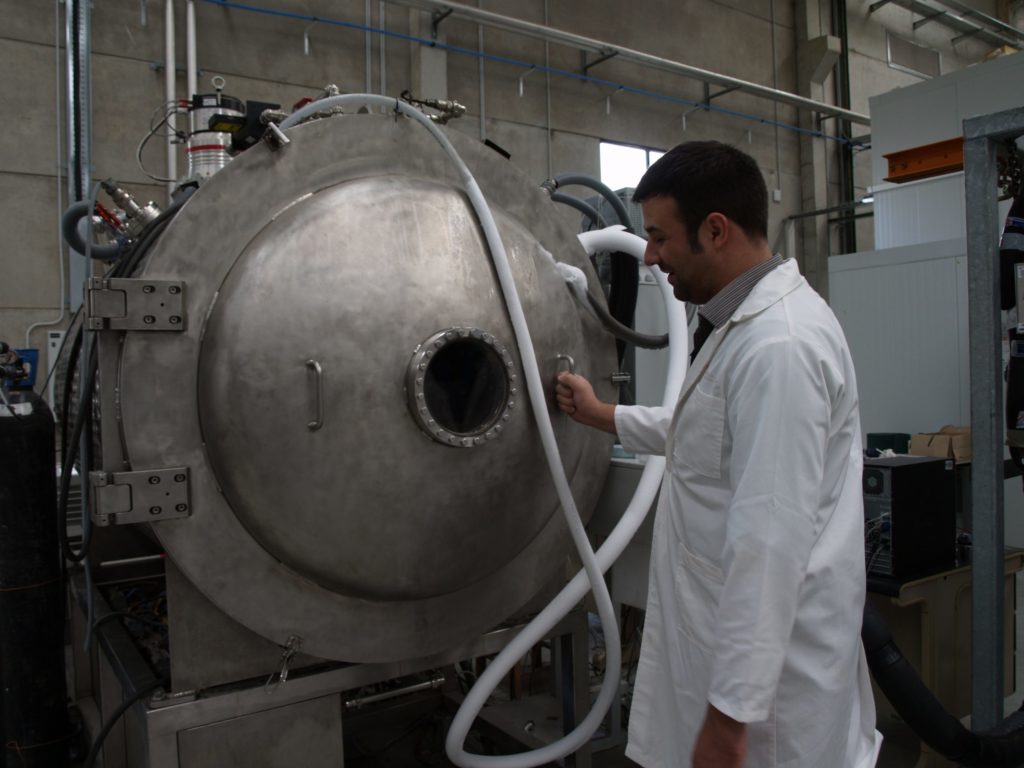
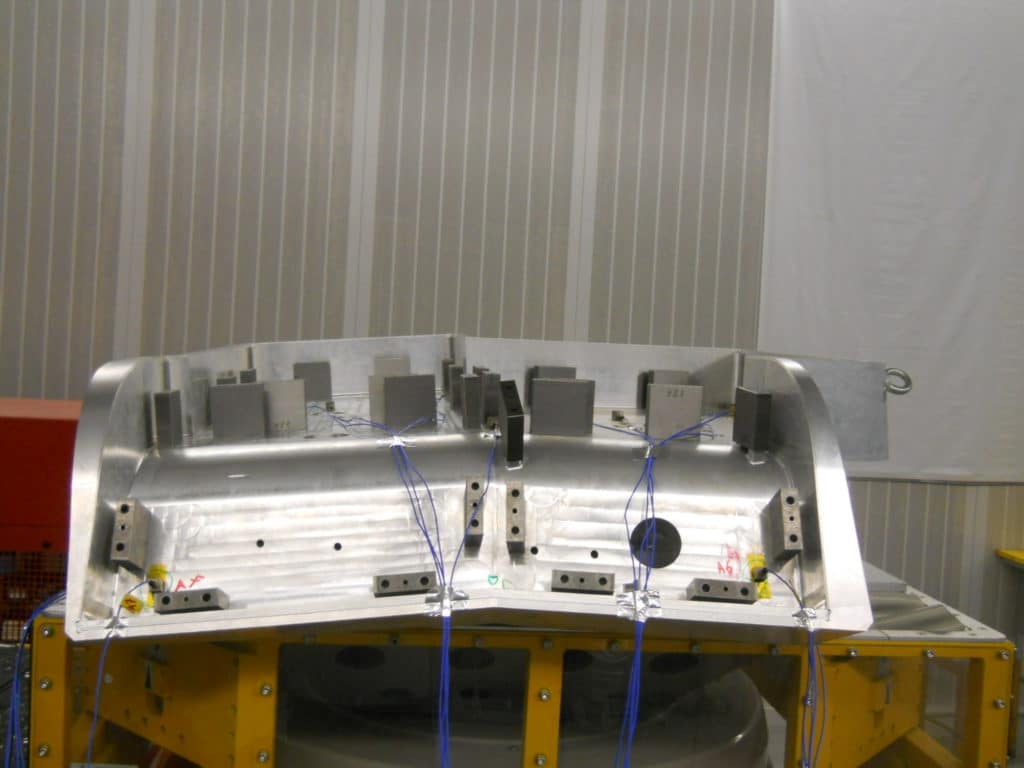
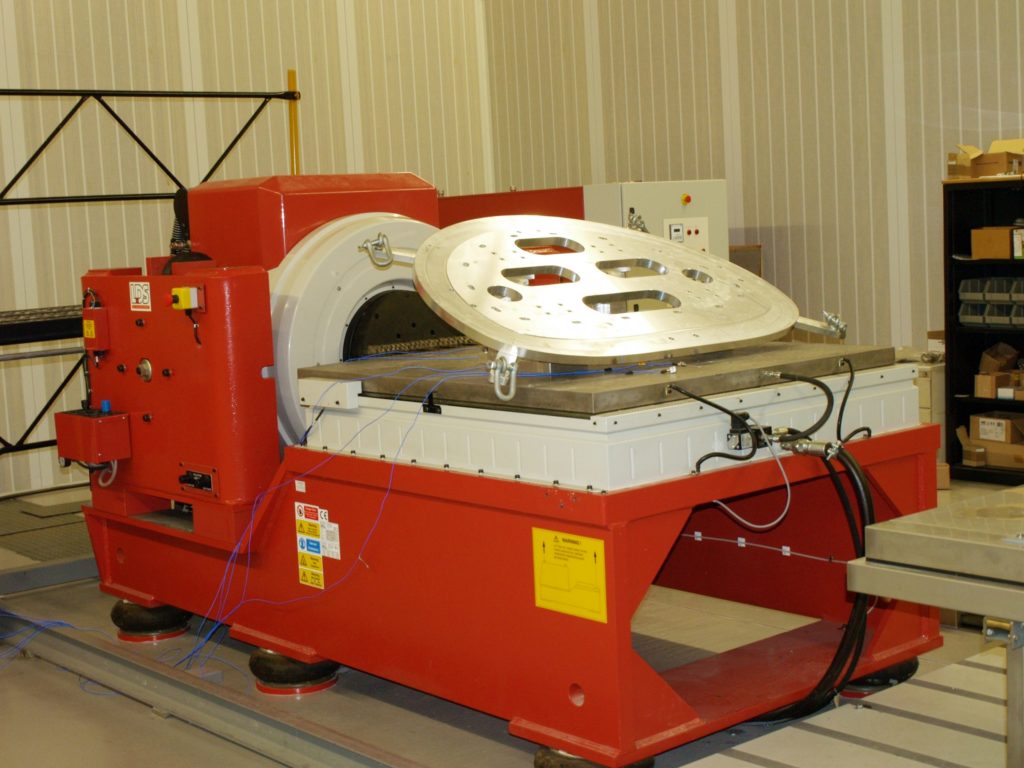
We have developed, with Aralab and our Thermodynamics and Aerospace Testing Laboratory (LABET), a vacuum chamber capable of successfully performing this work for TAS. During this period we also had the first contacts with Snecma Propulsion Solide, which in the meantime was called Herakles (SAFRAN Group), with whom we created a partnership for the development of thermal protection technologies for the IXV vehicle.
Again the model was to provide services for the development of technology, used in all cases described going forward, except in R&D projects. At the time the IXV flight was still very far away.
It was still necessary to develop a lot of technology and manufacture the vehicle that would only fly much later in 2015.
We started by focusing on the same type of work we had done a few months before for THE, i.e. the determination of thermodynamic properties of materials and tests in the vacuum chamber, performed in our LABET. However, all this work had to be stopped due to the fire that in September 2010 completely destroyed the Isq’s White Castle facilities.
This was a very complicated period, not only because we had to make up for lost time, but also to maintain customers’ confidence in our ability to meet the objectives we had committed to and to maintain deadlines and budgets. Fortunately we were able to maintain that confidence and get results with quality. This also helped that we have been running, in parallel, another test campaign, also for IXV, at our Oeiras facilities. In Oeiras we were also doing something very similar to what we had done previously for THE: mechanical tests, some at high temperature, in screws and in small metal parts.
From here we started to integrate these small pieces into composite panels, manufactured by our client, and advanced to carry out tests for the dynamic characterization of these assemblies using the shakers of our Laboratory Tests of Electrical Equipment (LABEL) in Oeiras.
This was a job that had totally new features for ISQ. There were work on gluing sensors to the composite material and the use of several triaxial accelerometers for data acquisition. We worked in partnership this time with IDMEC-IST. Despite the vicissitudes and all the novelties introduced, all these campaigns carried out in Castelo Branco and Oeiras were a success. Alongside these works, during these years we were also growing in Portugal and csg (French Guiana).
Related Insight
3, 2, 1: takeoff
In Portugal we made a first project with Optimal Structural Solutions in the field of the development of composite materials for aeronautics, followed by several joint R&D projects. an ESA project for the construction in the country of a shock tube to simulate planetary reentry.
At the European Space Centre in 2009, we already had a permanent team. By that time we had carried out, or were carrying out, multiple R&D projects in this sector. Some of them were TRACE-IT, ASHLEY, FATIGUE TEST, AEROInspect, FRIENDCOPTER, AROSATEC or SIRBLADE.
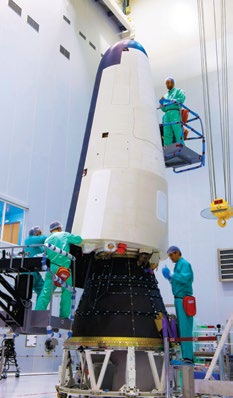
However we were again challenged by the TAS for a much more ambitious work.
This time, what was on the table was the development of a new exterior panel for the top floor of the Ariane 5 launcher. In this project we started by validating the physical characteristics of different materials and by doing mechanical tests on small parts, then we started working on more complex parts, which included several components, and went to perform the dynamic tests of qualification of a complete panel. The possibility of conducting dynamic tests on a large panel has accelerated the decision to strengthen ISQ’s ability to conduct dynamic tests, including shaker reinforcement.
New areas, new services since 2011
During 2011, ISQ began to provide services to Embraer’s factories in Évora. At that time, the factories were still being built and we started providing services in the area of industrial safety, then extended to various areas, from chemistry laboratories, materials and metrology, to training, machinery directive, lifting equipment, industrial maintenance, among others.
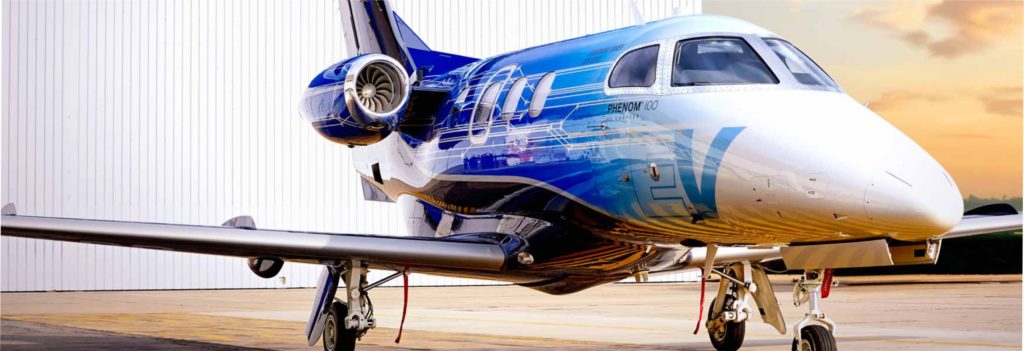
That same year ISQ was invited by Embraer, in competition with two other Portuguese entities, to present a proposal for an ambitious program of technological development tests for a wings carried out in composite materials.
This project was awarded to ISQ, involving six internal areas, in addition to an external partner, Optimal Structural Solutions, mentioned earlier. ISQ had to complement existing resources with a new investment in infrastructure for structural testing, financed with regional support funds, which was installed in ISQ Castelo Branco.
In 2012 ISQ joined the Board of the Portuguese Association of the Aeronautical Industry – PEMAS. In the following years the Association made efforts to meet the needs of its associates, sought and managed to aggregate the associations of the areas of Aeronautics, Space and Defense, from which resulted in the creation of the AED Federation, which brought together in a common physical space the three associations and gave, in a bottom-up logic, the industry in collective and dynamic projects.
In 2014 we won a contract with ESA to conduct the Life Cycle Assessment (LCA) of various materials and processes for the space industry, in partnership with a Norwegian company. We have worked on various surface treatments, welding, machining, production of fuel tanks, composite materials, fiberglass, etc. This work went very well, managing to strengthen the partnership with the Norwegians and winning a second LcA contract, for ESA, this time for the propellant used in space transport. That year we also started with another contract, also for ESA, in order to find alternatives to hexavalent chromium in alloys and aerospace materials.
Also in 2014 the national authorities proved to recognize the work done by ISQ in this sector and invited us to occupy two positions of representation of the Portuguese State in the European Union: National Delegate H2020 to the Transport Programme in the aeronautical area and National Delegate H2020 to the Space Programme.
+ insight
contribute
As a project initiated by ISQ, insight is open to contributions from everyone who wants to participate and who can bring their vision, scientific studies and reasoned opinion to enrich the themes and the debate.
If your activity is linked to research or the analysis and implementation of measures in the topics discussed here, please contact us using the form attached.


